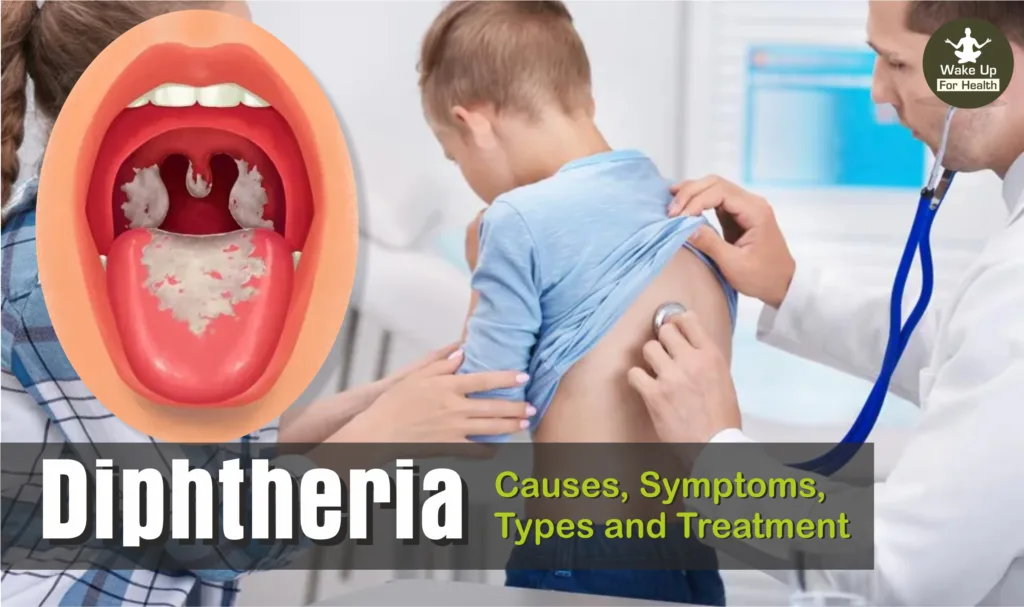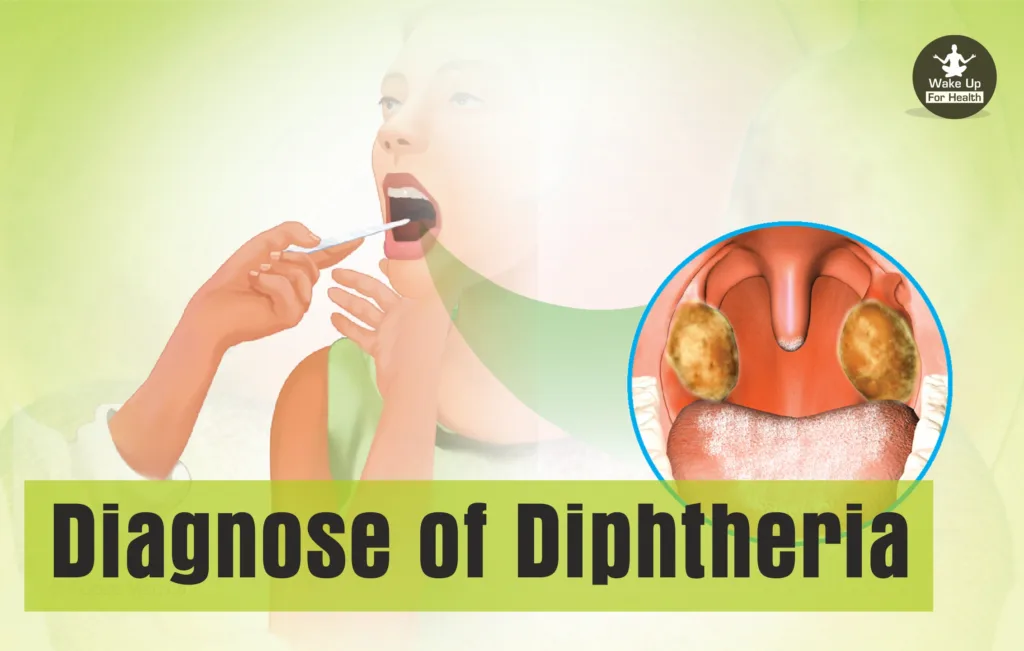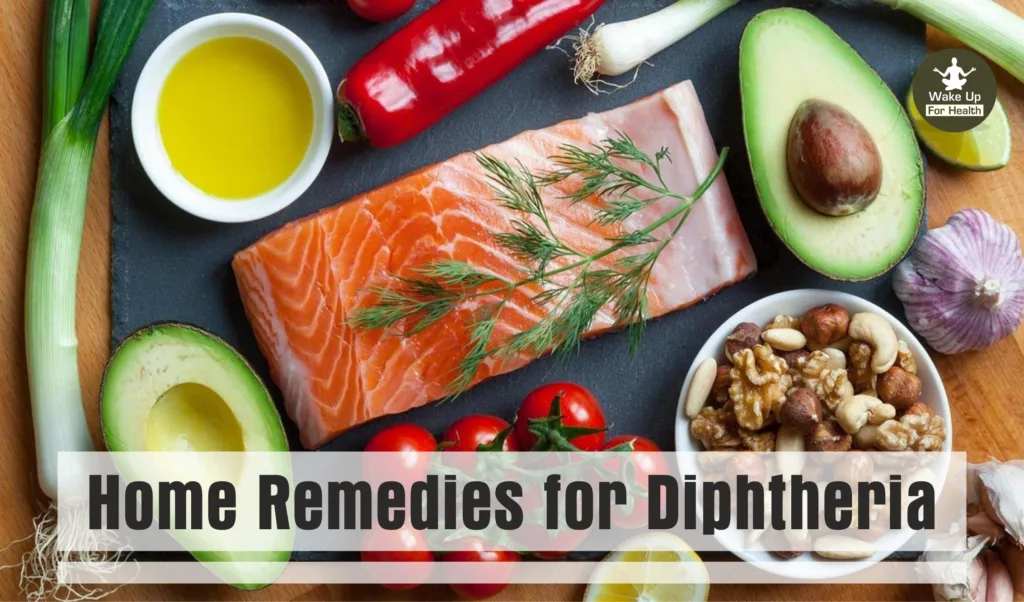Have you heard about the disease called Diphtheria? Small children start having difficulty in breathing due to this disease and they start suffocating. That is why this disease is also called Galghontu in common language. Diphtheria is an infectious disease, it spreads through infection, mostly children are affected by it. This disease spread by infection can happen to any age group. After this disease, there is difficulty in breathing. If a person comes in contact with it, he may also get diphtheria.

Understanding Combatting Diphtheria
Diphtheria is also known as Galghontu. It is caused by infection with Corynebacterium diphtheriae bacteria. Its bacteria infect the tonsils and windpipe. Due to infection, such a membrane is formed, due to which there is obstruction in breathing and in some cases even death. This disease is more common in children than in adults. Due to this disease, the throat starts drying, the voice changes, there is difficulty in breathing after getting trapped in the throat. The illness spreads to other bodily areas if neglected. If its germs reach the heart, then life can also be lost.
What are the Symptoms of Diphtheria?, Symptom Recognition, Medical Interventions

• The symptoms of this disease appear in two to five days after the infection spreads.
• There is difficulty in breathing when there is diphtheria.
• There may be swelling in the neck, it may also be lymph nodes.
• The child feels cold, but it is different from cold.
• There is always a fever after the infection has spread.
• Cough starts coming, the sound also becomes strange while coughing.
• The skin turns blue in tone.
• The infected child complains of sore throat.
• The body is always restless.
Do you know : Periodontitis (Gum Disease)?
What is the Cause & Types of Diphtheria?
Diphtheria disease is caused by a bacterium called Corynebacterium diphtheria. Which can easily spread from children to other children through objects like small children’s toys, pencils. Because, small children often share such items of each other’s children, which they can often try to put in the mouth. Keeping such things in the mouth can cause diphtheria disease in the mucous membrane of the throat.
There are three types of diphtheria bacteria:
• Gravis, ie fast growing
• Intermediates
• Mitis
Apart from this, the following conditions can also cause diphtheria, such as:
• Being around an infected person or child when they cough or sneeze
• Using contaminated personal or household items, such as any items, food, bedding or clothing used by the patient.
• Coming in contact with any external wound caused by a person sick with diphtheria.
How to Diagnose of Diphtheria?

Diphtheria can be difficult to diagnose because, in some cases, the thick fluid that builds up in the throat may not be clear.
To find out, your doctor may do the following tests, which may include:
• Checking the condition of the throat
• Pharyngitis i.e. to check any kind of disease in the food pipe
• Tonsillitis
• Checking for swelling in the lymph nodes, for which a physical examination can be done
• Examining samples from nose and throat.
If the person tests positive for diphtheria, your doctor may recommend testing the health of other family members or people they live with.
How to Prevent From Diphtheria?
To prevent diphtheria, doses of antibiotics and vaccines can be given, which can usually be applied in childhood. The diphtheria vaccine is called DTAP and is usually given with the pertussis and tetanus vaccines given in five doses according to age:
• When the baby turns two months old
• When the baby turns four months old
• When the baby turns six months old
• When the child is 15 to 18 months old
• When the child turns 4 to 6 years old
Moreover, the effect of this vaccine can last for the next 10 years. In some cases, you may still need to have a vaccine called a booster shot when your child is 12 years old.
Similarly, young children should also get DT vaccine, which protects against diphtheria and tetanus.
Similarly, adults should get Tdap vaccine to prevent diphtheria. It protects against tetanus, diphtheria and pertussis (whooping cough).
In contrast, the Tet (TD) vaccine protects against tetanus and diphtheria in adults.
What is Angina? Angina Symptoms, Causes and Treatment
What is the Treatment for Diphtheria?
Diphtheria patients are given anti-toxins. This vaccine is given to the person in the arm. After giving the anti-toxin, the doctor can do an anti-allergy test, in this test it is checked whether the patient’s skin is sensitive to the anti-toxin. Initially, the amount of anti-toxin given for diphtheria is low, but gradually its amount can be increased.
Diphtheria is a serious disease. Your doctor may recommend the following medications to treat diphtheria:
1. Antitoxins
Anti-toxins medicine may be given as an injection that is injected into a vein or muscle. By applying this vaccine, the effect of diphtheria toxins present in the body starts to be neutralized. The dose of this vaccine can be administered to the patient in several stages. However, before giving its dosage, the doctor confirms that the patient does not have any kind of allergy to anti-toxins.
2. Antibiotics
Antibiotics, such as:
• Penicillin
• Erythromycin
Home Remedies for Diphtheria.

Diphtheria is diagnosed by examining tissue samples and swab tests. Treatment for diphtheria involves the use of antibiotics and anatoxins to target the toxin produced by the bacteria. Scientific research has shown that erythromycin is the most efficient antibiotic for treating the causing bacteria. But you can also cure diphtheria by adopting some home remedies. Here we have brought home remedies for diphtheria for you.
1. Garlic Juice
Garlic is known to cure many deadly diseases and it is a wonderful experience to bring relief even in the toughest of conditions. As a remedy for diphtheria, take one spoonful of 2-3 crushed garlic cloves. It works wonders to cure this disease. Suck it up with your mouth closed. Keep repeating this for a few days.
2. Salt
Common salt can be a good alternative for sore throat. Just mix salt in a glass of water and drink it. A mixture of salt and water will definitely help to reduce the effect. Another excellent method for easing a sore throat is to gargle with salt water. It is also helpful in breathing problems which usually occurs due to lack of salt in the body.
3. Pineapple
Drinking fresh pineapple juice can help in removing the deposits of the throat, thereby improving the symptoms of this infection. Pineapple juice can successfully treat diphtheria since it includes beta-carotene.
4. Tulsi (Basil) Leaves
Tulsi is a precious gift given by nature. Everyone knows the health benefits of Tulsi leaves or Tulsi. Basil leaves’ antibacterial qualities can aid in the treatment of respiratory illnesses. To get relief from diphtheria, drink water mixed with basil leaves.
5. Passionflower
The lovely plant passionflower has a number of health advantages. It is claimed that drinking passionflower decoction can help ease the symptoms of diphtheria in just a week. Simply add one tablespoon of this powder to one cup of boiling water. Take this concoction twice daily after filtering.
6. Herb
Grind some castor leaves, drumstick leaves, and two to three garlic cloves to create a paste. This paste should be properly mixed after adding water as needed. Use the water that has been filtered for gargling now. One of the numerous issues that all these herbs are used to treat is diphtheria. These three plants are all very antibacterial in nature. All these three ingredients work to remove bacterial infection.
(Disclaimer: This article is for general information only. It is just to wake you up for your health purpose. Out intension is not to mislead or It cannot in any way be a substitute for any medicine or treatment. Always contact your doctor for more details.)
1 thought on “Diphtheria Toxin: Causes, Symptoms, Types and Treatment”